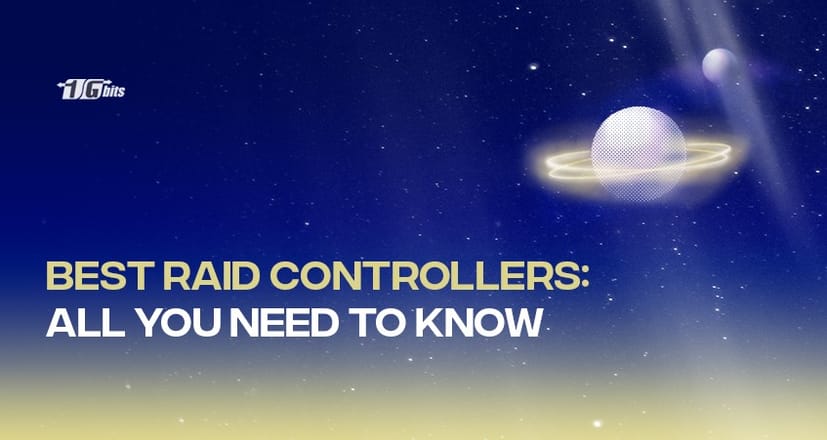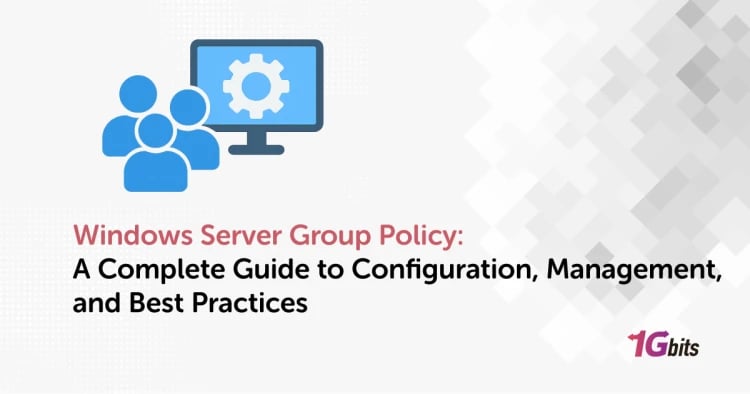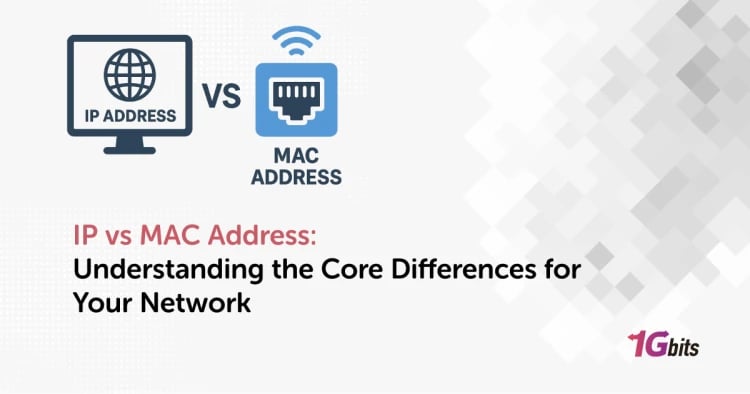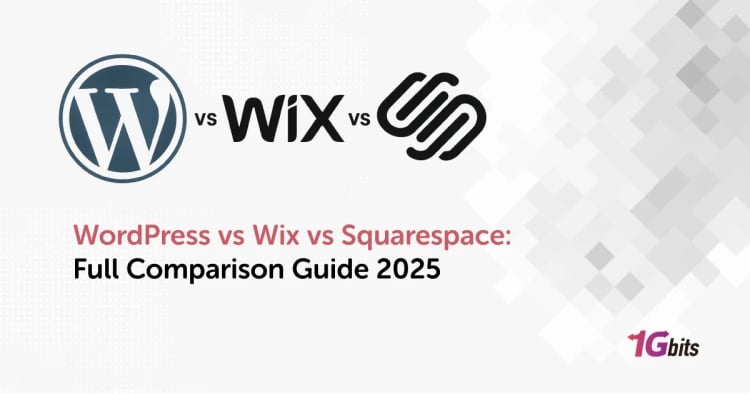The fact that we can increase the performance of devices and data centers is an advantage that Reed Controllers provide. RAID stands for Redundant Array of Independent Disks. A RAID controller is a card or chipset placed between the operating system and the storage drives, which are usually hard disks and can manage high-volume processes or improve hard disk performance in a whole sense—most RAID controllers can do both simultaneously.
RAIDs may be hardware and/or software used to manage hard disks (HDD) and SSD in a computer or data centers. These hard drives are set up to work as a single logical hardware under the supervision of the RAID Controller.
RAIDs are usually hardware-based, and of course, server-based ones are available too, but both software-based and hardware-based are good choices regarding your demands.
Different Kinds of RAID Controllers
RAID controllers are classified by SAS or SATA drive type, number of ports and drives they can control, the RAID level, interface architecture style, and memory space.
Keep in mind that ordinary RAID controllers—Raid0— provide redundancy in SSDs, but do not boost the performance; high-end RAIDs maintain the performance, and SSDs can provide efficient operations, which leads to the performance gains its highly glib ability.
RAID controllers can divide a hard drive into several hard drives. This will provide data protection as well as redundancy. HBA cards are used for communication between servers and storage equipment such as ATA, SCSI, SATA, SAS and fiber channels in servers.
Hardware-based RAID controllers are reviewed as follows:
They consist of two parts:
One is a RAID controller card, and the other is an internal chip. Another is RAID Controller Card: - A RAID controller card is a card that plugs into a PCIe or PCI-X slot on the motherboard. It consists of a Raid processor and an I/O processor with a hard drive interface.
- Internal RAID chip (RAID-on-Chip):
RAID chips are built into a single motherboard with a host interface—HDD I/O interfaces: a Raid processor and a memory controller. The Raid operating system initializes the Raid Controller and then transfers control to the drivers.
RAID controller software on the server is addressed by the points below:
Raid software transfers Raid services from the host. This software is offered in two ways: software or as a hybrid architecture that contains hardware to reduce the load on the CPU.
Software RAID controller: that is the cheapest type of RAID controller. The host-based application manages the RAID calculations, connects to the storage drives using HBA or I/O connections, and starts by loading the RAID drive firmware.
Dual Hardware/Software RAID Controllers are defined as follows:
Hardware/software RAID controllers use a hardware component to send RAID BIOS functions from the motherboard or HBA. It should be noted that this model of reed controllers is more expensive due to adding another layer of software reed controllers. But if anything happens to the operating system, they protect the Raid system from boot errors.
??Experience the ultimate in data security and performance with our VPS hosting equipped with RAID controllers. Our cutting-edge RAID controllers ensure lightning-fast access times and seamless data management, delivering unparalleled reliability for your virtual private server. ??
Advantages of using RAID controllers
Raid is a basic data protector, HDD and SSD driver and performance driver for HDD. Top features include:
More reliability:
Apart from Raid0, other raids protect against data failure of a hard drive and make sure that data and information are not lost when a hard drive fails and that the Array continues to work without problems after its replacement and repair. It protects these features from being lost due to hardware issues.
Data redundancy:
Striping and Mirroring RAIDs divide data between multiple nodes and ensure data is not lost when one node fails.
Increased HDD performance:
Level Raid improves throughput by reading and writing data across multiple drives. Higher levels of Raid, especially Raid 10, are unsuitable for medium and low-performance arrays. But in high-performance arrays, it provides increased performance, improved redundancy, and greater availability.
To-the-point processing:
Controller-based systems independently manage the RAID definition system separately from the agent, meaning that the data reed makes no other system on the CPU, and the read controller does the main processing internally.
Avoid boot errors:
When the operating system software reads the data, if there is a problem before it is turned off, it is impossible to boot the device when it is turned on again. However, this does not happen when using RAID hardware controllers.
Extending the HDD lifespan
Reading and writing data are, in many cases, the use of a wide range of Raid Controllers, which can equal the useful life of the HDD so that the consumer can have more drives; because the Raid Controller can indirectly have a positive effect on the redundancy improvement feature.
Final Thought
In this article, we are looking for general ideas about the types and benefits of using ride controllers. In conclusion, the best RAID controllers offer unparalleled performance, data reliability, and storage efficiency. With advanced features, seamless integration, and lightning-fast speeds, these controllers provide optimal protection for your valuable data. Choose the perfect RAID controller to unlock a world of superior storage solutions and ensure peace of mind for your critical data needs.
People also read:









